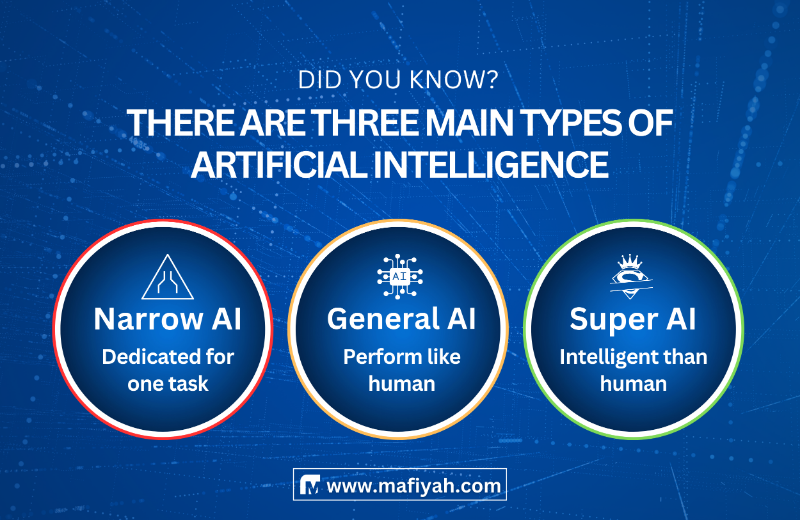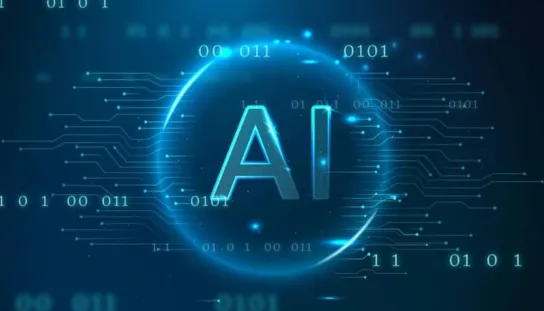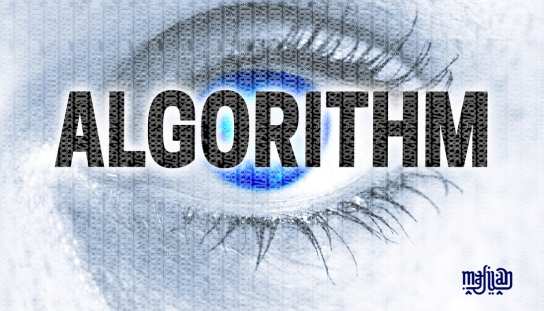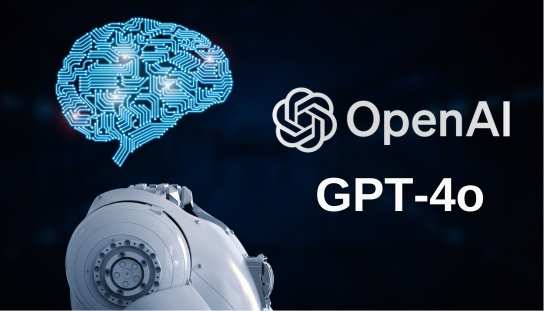Artificial intelligence (AI) has become an important subject to discuss, and many people are interested in how it might change our jobs and ways of life. Artificial intelligence includes many technologies that allow computers to do complex jobs. AI has amazing skills and is the foundation of modern computing. As a result, people’s interest in AI’s potential has been growing immensely lately. This article aims to explore the essence of artificial-intelligence, its types and working.
What Is Artificial-Intelligence (AI) ?
AI is the simulation of human intelligence in machines, particularly computer systems. In other words, artificial intelligence refers to the technologies that enable computers to perform tasks requiring human intelligence. Artificial intelligence encompasses many technologies such as visual perception, language comprehension and translation, data analysis, question answering, artistic creation, video generation, and much more.
AI also draw attention to one of the earliest definitions of artificial-intelligence. Professor John McCarthy an assistant professor of mathematics at Dartmouth, introduced AI as filed of study to the world of computer science in 1955. He envisioned AI as a way to ” use language, come up with abstractions and ideas, solve problems that humans usually handle, and improve its own performance.”
Types of Artificial intelligence
To understand what AI is all about, you need to understand the types of AI and different types show how deep it really is. There are three types of AI which include narrow AI, strong AI, and super AI. Lets dive in and explore each of these AI types in detail.

Narrow AI
The first type of artificial-intelligence is narrow AI, which is also know as weak AI. In this type, computers don’t have full cognitive abilities and need to be trained or programmed to do specific jobs. Some well-known examples are AI chatbots, image recognition systems, and speech recognition systems. Digital voice assistants like Amazon Alexa and Siri are also very famous examples. Systems like Google or Bing use Narrow AI, as do self-driving cars like Tesla, along with current AI tools and chatbots. These systems show how AI can be used in many different areas.
Strong AI
The second type of artificial intelligence is strong AI, also known as general AI or artificial general intelligence (AGI). It surpasses narrow AI in terms of cognitive abilities. However, it is important to note that strong AI is limited to certain areas while excelling in a variety of different domains. The programming of strong AI systems aims to replicate the cognitive abilities of the human brain, allowing them to handle new tasks using fuzzy logic to find solutions on their own. Researchers want to make tools that can understand what people want, feel, think, learn, and plan for the future.
Super AI
Artificial Superintelligence (ASI) holds the potential to revolutionize the field of artificial intelligence by surpassing human capabilities. It can help in predicting future, create new scientific methods, and solve global issues like curing diseases, and achieving economic stability.
How Does Artificial Intelligence Work?
These days, everyone is talking about AI. Companies are demonstrating how they can use it in their products and services. They usually focus on machine learning, which processes large amounts of data and uses algorithms, a set of rules, to recognize keywords and identify the type of help you’re seeking. The programming enables it to think, act, and respond like a human.
Machine learning is a subset of AI, AI needs a combination of specialized software and hardware for creating and training machine learning algorithm. There are three types of machine learning: supervised, unsupervised, and reinforcement, these methods can help in providing solutions, make predictions, answer question and more.
AI Applications
The explanation for AI in simple words would highlight the applications of AI and how they deliver value to users. Some of the common examples of AI applications , machine learning, natural language processing, machine vision, and others. Artificial intelligence can help in powering automation, such as in Robotic Process Automation for automation of repetitive tasks.
Machine vision or computer vision is another top addition among artificial intelligence applications with potential for the future. Additionally, another notable example of AI applications points to natural language processing for sentiment analysis, speech recognition, and text translation.
Conclusion
Artificial intelligence, a promising and powerful technology, aims to replicate human intelligence in computer systems. Examples like ChatGPT showcase its potential applications. As a major technology trend for digital transformation, AI offers opportunities for organizations and individuals.








2 thoughts on “What is AI? A Detailed Guide on Artificial Intelligence”